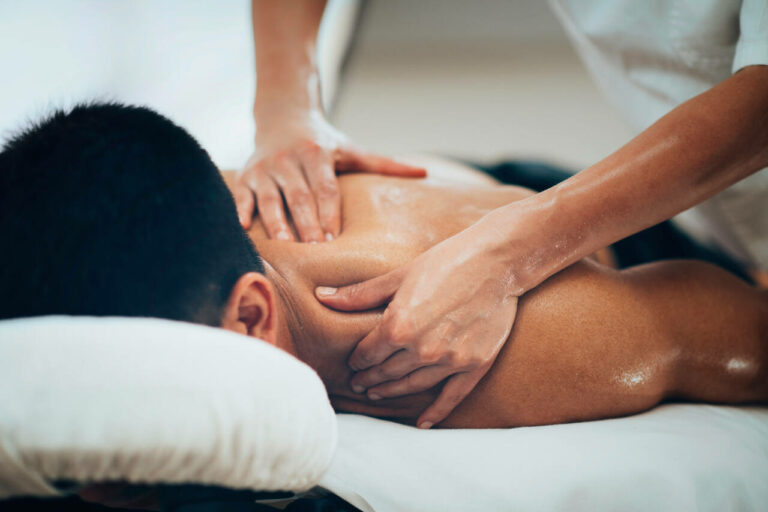Alleviating TMJ Pain With Massage Therapy
The discomfort of temporomandibular joint (TMJ) disorder plagues countless individuals. Among the effective solutions, massage therapy emerges as a standout, offering a path to long-term relief. This blog post discusses the specifics of TMJ massage therapy to help educate those affected by this condition and provide them with the knowledge to explore it as a treatment option.
The Best Massage Techniques for TMJ
It’s critical to approach TMJ massage with an informed perspective, understanding the massage techniques that offer the most relief.
- Myofascial Release: This gentle approach targets the connective tissues, reducing fascial tension and improving jaw movement.
- Deep Tissue Massage: Goes deeper into the muscle layers to address chronic patterns of tension that contribute to TMJ pain, offering lasting relief.
- Circular Motions: Gentle circular motions applied with the fingertips can significantly reduce muscle tension around the jaw.
- Stretching Techniques: Stretching the jaw and surrounding muscles can help alleviate the pressure contributing to TMJ pain.
- Finger Pressure: Applying finger pressure to specific trigger points around the jaw, temples, and even the neck can provide targeted relief from TMJ pain by releasing muscle knots and reducing overall tension.
The Safety of Massage Therapy for TMJ
TMJ massage is a safe and highly beneficial component of treatment. However, to ensure both safety and effectiveness, it’s important to keep some factors in mind.
- Professional Massage Therapy: The massage must be performed by professionals with expertise in these disorders. The structures around the TMJ are delicate and can be easily damaged if massage is performed incorrectly.
- Tailored Techniques: TMJ disorders can vary greatly in their severity and symptoms. A professional therapist can tailor their approach to your specific needs, adjusting pressure, technique, and focus areas to provide relief and prevent complications.
- Frequency and Duration: The optimal frequency and duration of TMJ massage sessions can vary. To ensure optimal effectiveness and safety, your massage therapy treatment should be based on your particular condition’s severity and your response to treatment.
Target Areas for TMJ Massage
A focused approach to TMJ massage involves targeting specific areas known to harbour tension and contribute to pain. These include:
- Masseter Muscle: Located at the sides of the jaw, this muscle plays a key role in chewing and can become overly tight with TMJ disorders.
- Temporalis Muscle: This fan-shaped muscle at the side of the head can also contribute to jaw pain and headaches when tense.
- Medial Pterygoid Muscle: Found inside the mouth, this muscle can be accessed with care, offering deep relief from internal jaw tension.
How To Relax Your Jaw Muscles for TMJ Relief
Complementing TMJ massage with daily exercises and healthy habits can help relax the jaw muscles and aid relief.
Jaw Exercises
Regularly performing exercises designed to strengthen and relax the jaw muscles can support long-term relief.
- Gentle Opening and Closing: Press your tongue against the roof of your mouth and slowly open and close your mouth, keeping the movement smooth and controlled. Aim for a comfortable range of motion without forcing your mouth open too wide. Watch yourself in the mirror to make sure your jaw is moving straight down.
- Side-to-Side Movement: With your mouth slightly open, gently slide your jaw from side to side. This exercise should be done carefully to avoid straining your jaw muscles.
- Chin Tucks: While sitting with your spine in a straight position, pull your chin straight back, creating a “double chin.” This exercise helps improve posture and reduces strain on the neck and jaw.
Other Ways to Relax Your Jaw
- Stress Management: Since stress can exacerbate TMJ symptoms, practices such as mindfulness, meditation, and yoga can be beneficial.
- Warm Compresses: Applying a warm compress to the jaw area for 10-15 minutes can help relax the muscles by encouraging blood flow and muscle relaxation.
- Avoid Chewy or Hard Foods: Opt for softer foods to minimize the strain on your jaw. Avoiding gum, chewy candies, and hard, crunchy foods can prevent unnecessary stress.
Incorporating these practices into your routine can significantly enhance jaw comfort. Remember, seeking professional guidance before implementing changes in your lifestyle or exercise regimen is essential to avoid exacerbating your condition.
Your Partner in TMJ Management
TMJ disorder presents challenges, but through a combination of massage therapy and practical muscle relaxation techniques, managing symptoms becomes more achievable. Propel Sports Physical Therapy in Edmonton South is committed to assisting those affected by TMJ disorders, offering expert care tailored to each individual’s needs. Our team is ready to provide you with the targeted massage treatments and support necessary for managing TMJ pain and improving jaw function. Contact us today to book your appointment and say goodbye to TMJ pain.



